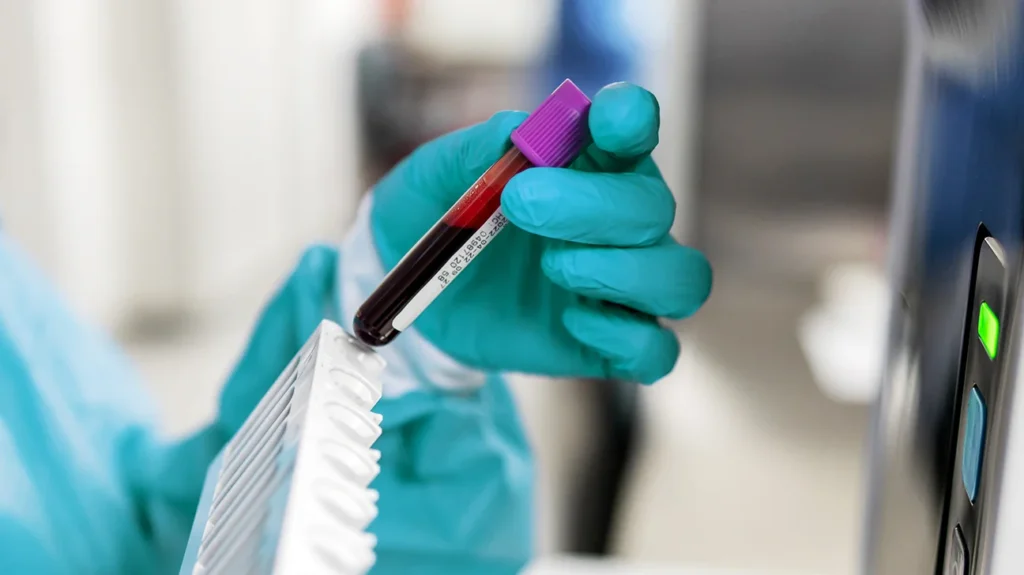
Cancer remains one of the most formidable challenges in modern medicine, affecting millions of lives globally. However, advancements in medical laboratory testing have significantly improved our ability to detect and monitor this complex group of diseases. Early detection through laboratory testing not only enhances treatment outcomes but also provides critical insights into disease progression and response to therapy.
Biomarker testing has revolutionized the landscape of cancer diagnosis. Biomarkers are molecules found in blood, tissues, or other body fluids that signal the presence of cancer. These can include proteins, genes, or other molecules produced by cancer cells or by the body in response to cancer. For example, prostate-specific antigen (PSA) is a biomarker used to screen for prostate cancer, while CA-125 is commonly used in detecting ovarian cancer. The sensitivity and specificity of biomarker tests are crucial in identifying cancer at an early stage, often before symptoms appear, thereby significantly improving the chances of successful treatment.
In addition to detecting cancer, biomarkers play a pivotal role in personalized medicine. By analyzing specific biomarkers, doctors can tailor treatments to the individual characteristics of each patient’s cancer. This approach not only improves the efficacy of the treatment but also reduces the risk of side effects. As research progresses, the discovery of new biomarkers continues to expand our ability to detect different types of cancer early and with greater accuracy.
Imaging tests are indispensable tools in the early detection of cancer. Techniques such as X-rays, MRI, CT scans, and PET scans provide detailed images of the body’s interior, allowing doctors to identify abnormal growths that may indicate cancer. For instance, mammography, a specialized type of X-ray, is essential for early breast cancer detection, while low-dose CT scans are effective in screening for lung cancer in high-risk populations.
The evolution of imaging technology has led to remarkable improvements in detecting smaller tumors that might have been missed in the past. Advanced imaging modalities, like PET-CT and functional MRI, not only help in identifying cancer but also in understanding its metabolic activity and potential spread. These technologies provide a comprehensive view of the tumor, aiding in precise staging and planning the most effective treatment strategies.

Molecular testing represents a cutting-edge approach in the early detection and monitoring of cancer. This method involves analyzing DNA, RNA, and proteins to identify genetic mutations and alterations that drive cancer development. Techniques such as next-generation sequencing (NGS) and polymerase chain reaction (PCR) allow for the detection of even the smallest genetic changes, offering insights into the cancer’s origin and behavior.
Liquid biopsy is an innovative molecular testing technique that detects cancer-related genetic material in blood samples. This non-invasive method provides real-time information about the tumor’s genetic profile and its response to treatment. Liquid biopsies are particularly valuable for monitoring cancer progression and detecting recurrences, offering a less invasive alternative to traditional tissue biopsies. As our understanding of cancer genetics deepens, molecular testing continues to advance, paving the way for more precise and effective early detection methods.
Medical laboratory testing plays a crucial role in the early detection and monitoring of cancer. Biomarker testing, imaging tests, and molecular testing each offer unique advantages in identifying cancer at its earliest stages and tracking its progression. These advancements not only enhance the chances of successful treatment but also provide a deeper understanding of cancer biology, leading to more personalized and effective therapeutic approaches. As technology and research continue to evolve, the future of cancer detection and monitoring looks promising, with the potential to save countless lives through early intervention.